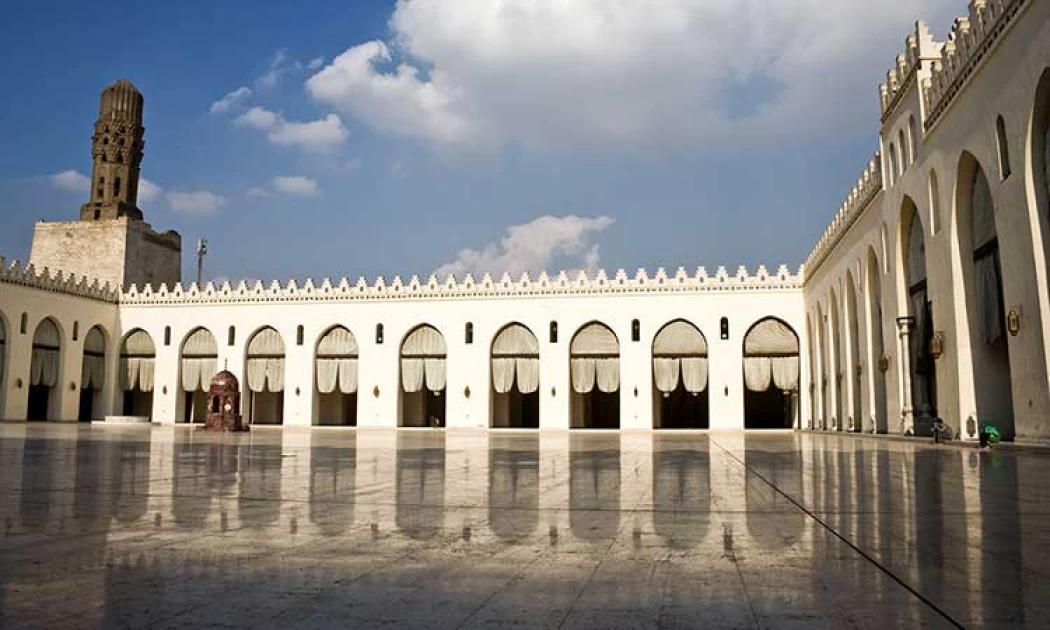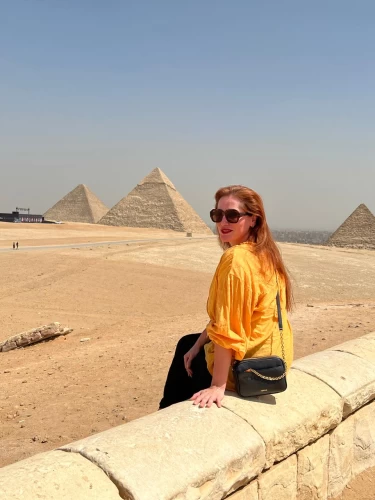
Mosque of al-Hakim bi-Amr Allah
Mosque of al-Hakim bi-Amr Allah
Long ago, a millennium in fact, the groundwork for one of the most ancient, largest, and aesthetically pleasing mosques in Fatimid Cairo was initiated. In 989, caliph Al-Aziz Billah, the fifth of the Fatimid dynasty, realized that Al-Azhar mosque could not contain more worshippers and scholars and therefore began imagining a new mosque, a plan which, however, was cut short with his own death, until “Al-Hakim Amr Allah” the 6th Fatimid caliph, completed it.
The mosque was inaugurated in 1012 AD and named after the ruler. In 1013 AD, the ruler issued a decision to turn the mosque into a “mosque” where jurisprudence is taught, to help the Al-Azhar Mosque to accommodate students and worshippers.
The mosque is located at the end of Al-Moez Street in the Jamaliya neighborhood, next to Bab Al-Fotouh. At the time of its construction, the mosque was outside the walls of Old Cairo, which were built by Gohar al-Saqili, and then became inside the city limits after Badr al-Gamali (480 AH/1087 AD) expanded the city and built the current walls.
After five years of restoration, the archaeological mosque was reopened as a powerful addition to Egypt's Islamic monuments in the historic Cairo area, which is characterized by its stature and important tourist role, as stressed by the Minister of Tourism and Antiquities Ahmed Essy during the opening ceremony of the mosque.
The project for the restoration and revival of the mosque was carried out in cooperation with the Ismaili Bahra community, under the supervision of the Islamic, Coptic and Jewish projects and antiquities sectors of the Supreme Council of Antiquities and the public administration of historical Cairo at a cost of Pound850 million.

















